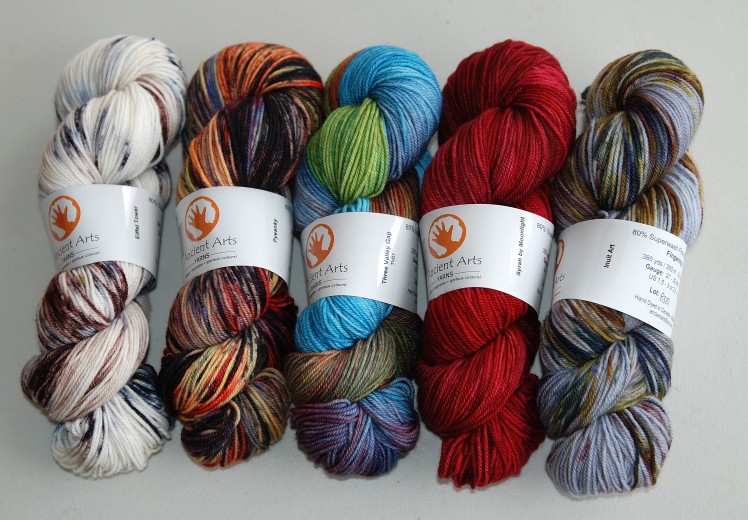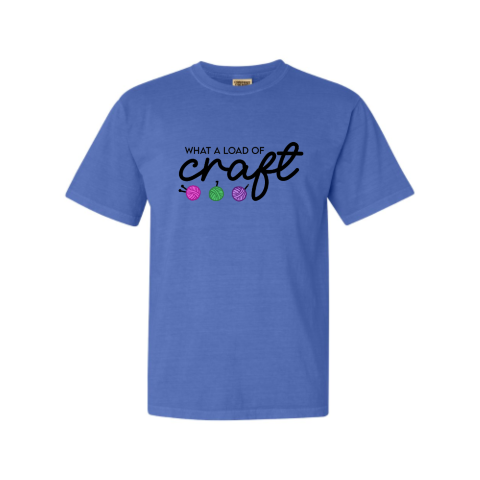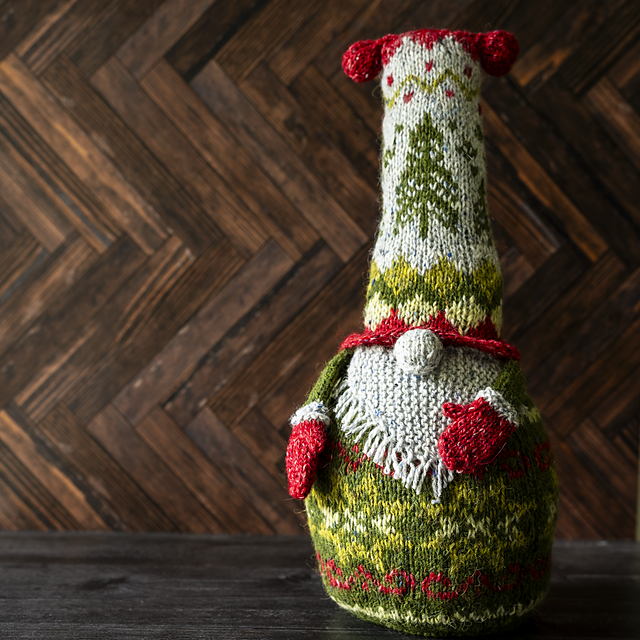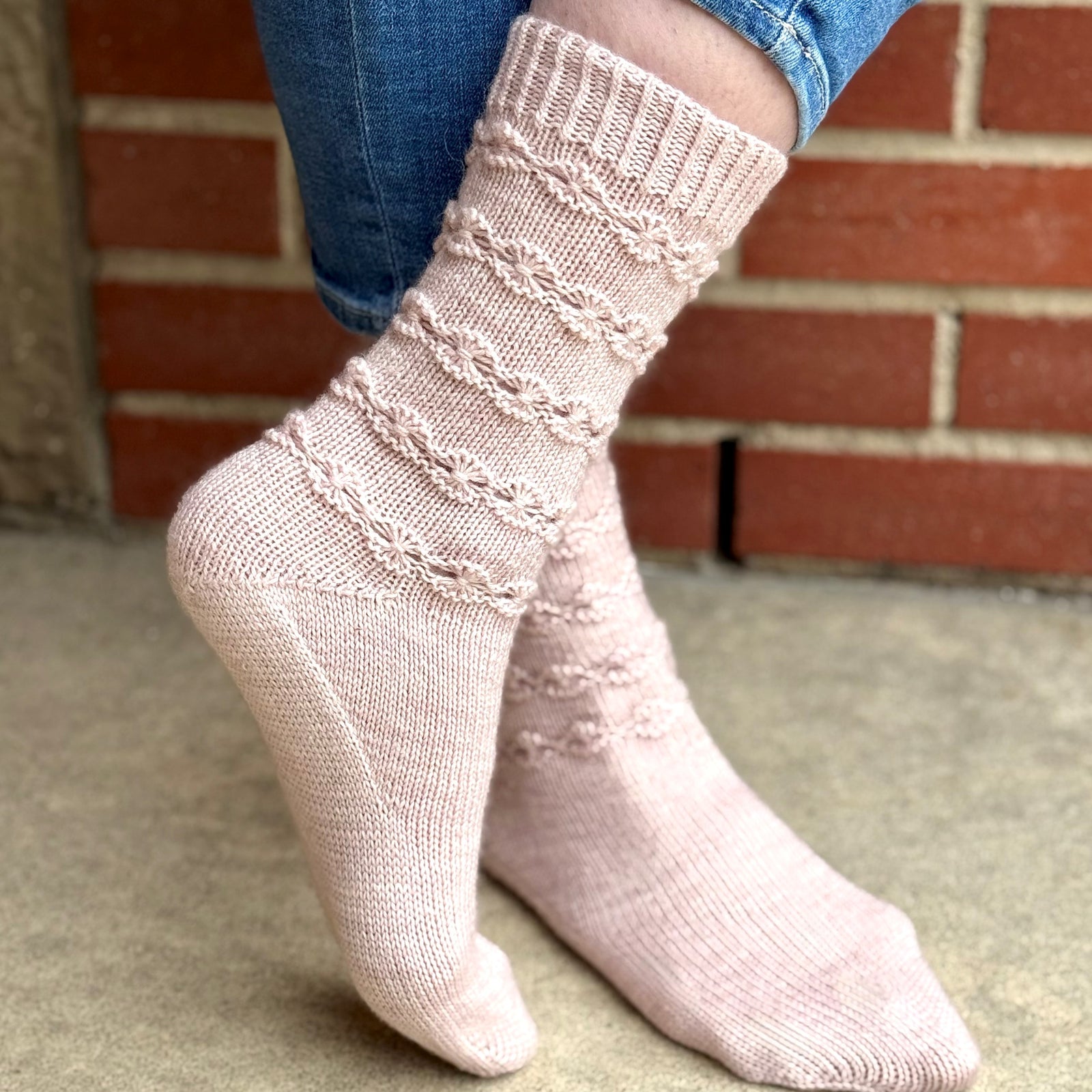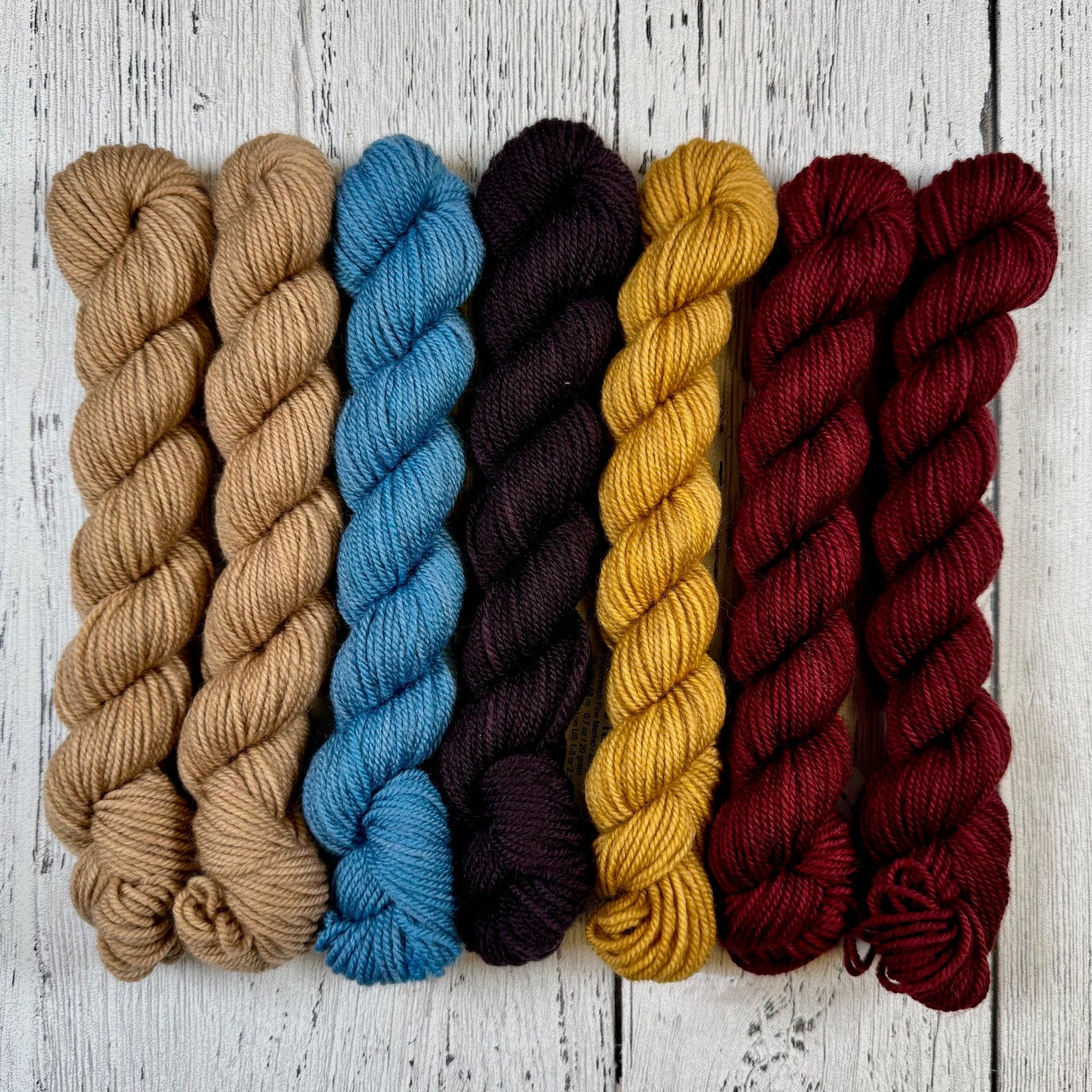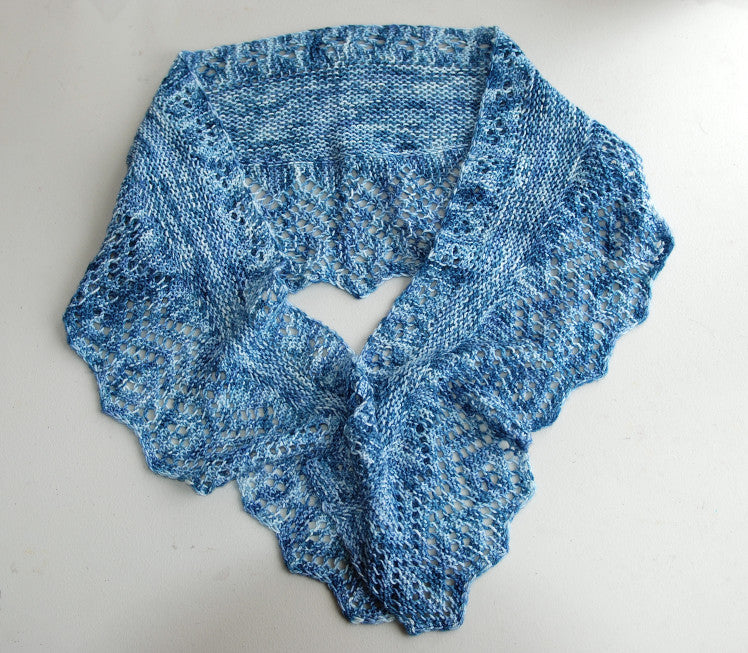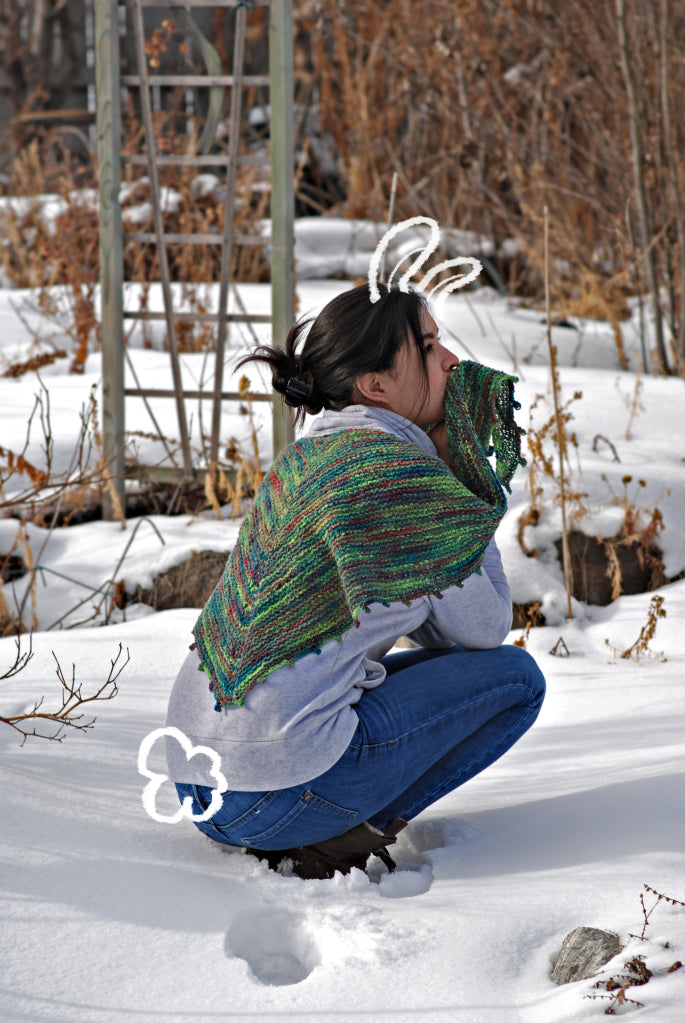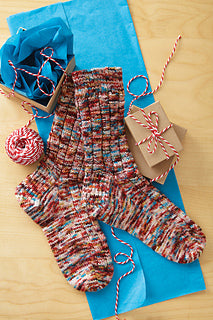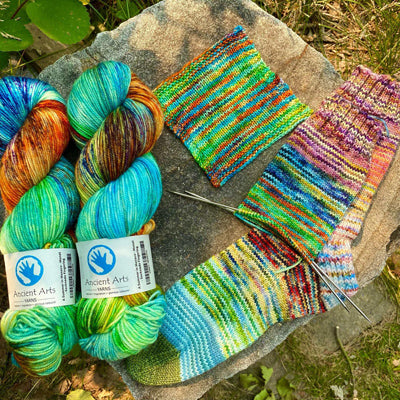‘Silky’ may not always be a term you reserve for a superwash Merino/Nylon yarn, but our fingering weight yarn spun from 80% Merino and 20% Nylon recently received a little upgrade in the form of an even better grade of Merino! Today, Caroline shares an inside peek to the development process from her unique point of view.
Our latest incarnation of merino nylon yarn has been an opportunity for me to review all of the things I have come to know about this fibre blend over the years, because we decided to move its production to a new mill. As our dye business grows, we regularly review and update our yarn bases for a variety of reasons. Factors ranging from changes in what stitchers are looking to work with, to the need to move to a source that can manage the volume of yarn we want to order all come into play. It’s always fun to reorder yarn as it is a place where one has the ultimate say in what we offer and is an excuse to look at all the yarns out there!
Merino nylon is a fibre blend that I discovered part way into my stitching career, and I have not yet exhausted all the possibilities one has when working with it. This yarn is great for pretty much anything you care to make: Socks, shawls, cowls, sweaters, hats, mitts, you name it – this yarn works well for everything. It’s a staple in my work and I wouldn’t want to be without it.

I’ve been knitting now for many decades, but I still remember like it was yesterday when I first found pure merino fingering yarn meant for socks in my LYS. I was enthralled! I had never seen or felt anything like it, and of course immediately had to learn to knit socks out of this wondrous yarn. I don’t remember what brand it was, but I still remember the vivid yellows, reds, oranges, of the yarn itself, and exactly how it was made (three ply medium twist with 385 yds to 100 grams) and how it felt (super squishy and yummy). I knit my socks, was supper happy with them, and they wore out in no time flat as pure merino can do. This was not as happy making as it could be.
What to do? I headed back to the store to explore my options. In those days, about the only thing one could do was to buy this new fangled thing which was nylon thread, meant to be knit together with the merino yarn in order to strengthen heels and toes. This didn’t do me much good as my socks never wear out in the heels and toes – they wear out on the sole of the foot, which would mean a LOT of nylon thread would have to be knit into the sock. The little cards and spools were more expensive than I was willing to pay, so socks in soft merino had to be set aside. Then one day, it was as if the angels sang: there it was! Merino sock yarn with nylon spun right in the yarn! Needless to say, I was thrilled and immediately bought some to try out.
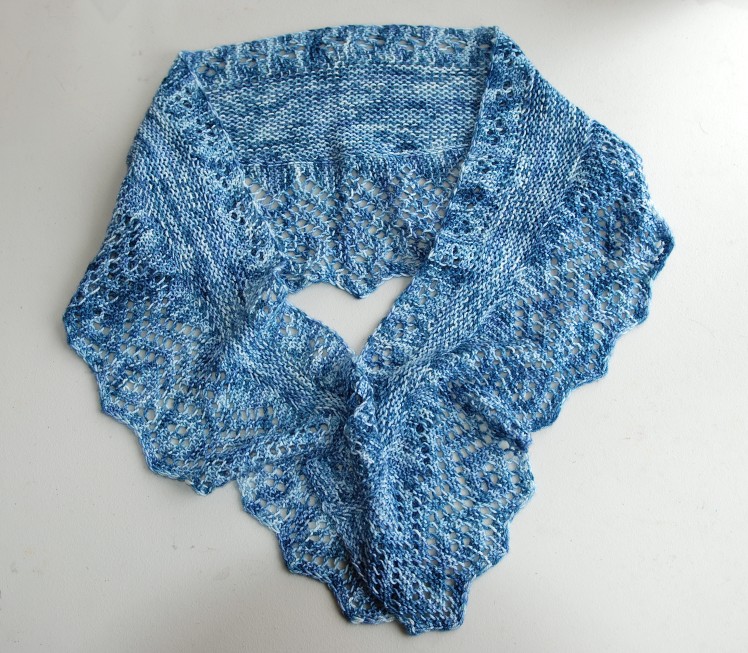
Merino nylon sock yarn solved my problems. I could knit socks with soles that would survive much, much better than they did with pure merino. I was delighted! We will not speak of the second sock syndrome I promptly developed thereon in, but I do have it to credit for my using this yarn for more than socks, as it started me thinking about what else I could do with my lovely merino nylon yarns. Now, my first love is lace knitting – the more complex the pattern the better. In my world, lace belongs in everything. But lace scarves, shawls, cowls and mitts, don’t always last well due to the fragile fibres getting a lot of friction and wear. Once again though, merino nylon yarn came to save the day! A small shawl used as a scarf, or a cowl, can get a LOT of friction when worn daily. Nylon in the yarn means that the yarn can better stand up to the repeated wear. And it gives the yarn a little more drape than it might otherwise have, too.

Our latest incarnation of merino nylon yarn is an 80% SW Fine Merino/20% Nylon yarn and to me, this yarn has the best of all worlds in its design. If the content has more than 20% nylon, you can really feel it, such that the yarn gets wiry and squeaks, and it can be hard on the hands to knit, not to mention a bit rough on the feet to wear, too. If the content is less than 20%, the benefits of the nylon start getting diluted. Fine merino is super soft, bouncy, and luscious, so you get the soft hand (extra fine would be too fragile), but the nylon adds strength, extending the life span of the wool. This yarn has it all: softness, strength, loft, drape, and best of all…BRILLIANT colour! It dyes beautifully and really shows off all the qualities of a hand dyed yarn.
If you always thought merino nylon yarn was just for socks, I encourage you to try it in a small shawl or other accessory and see how wonderfully it can perform for you there!
